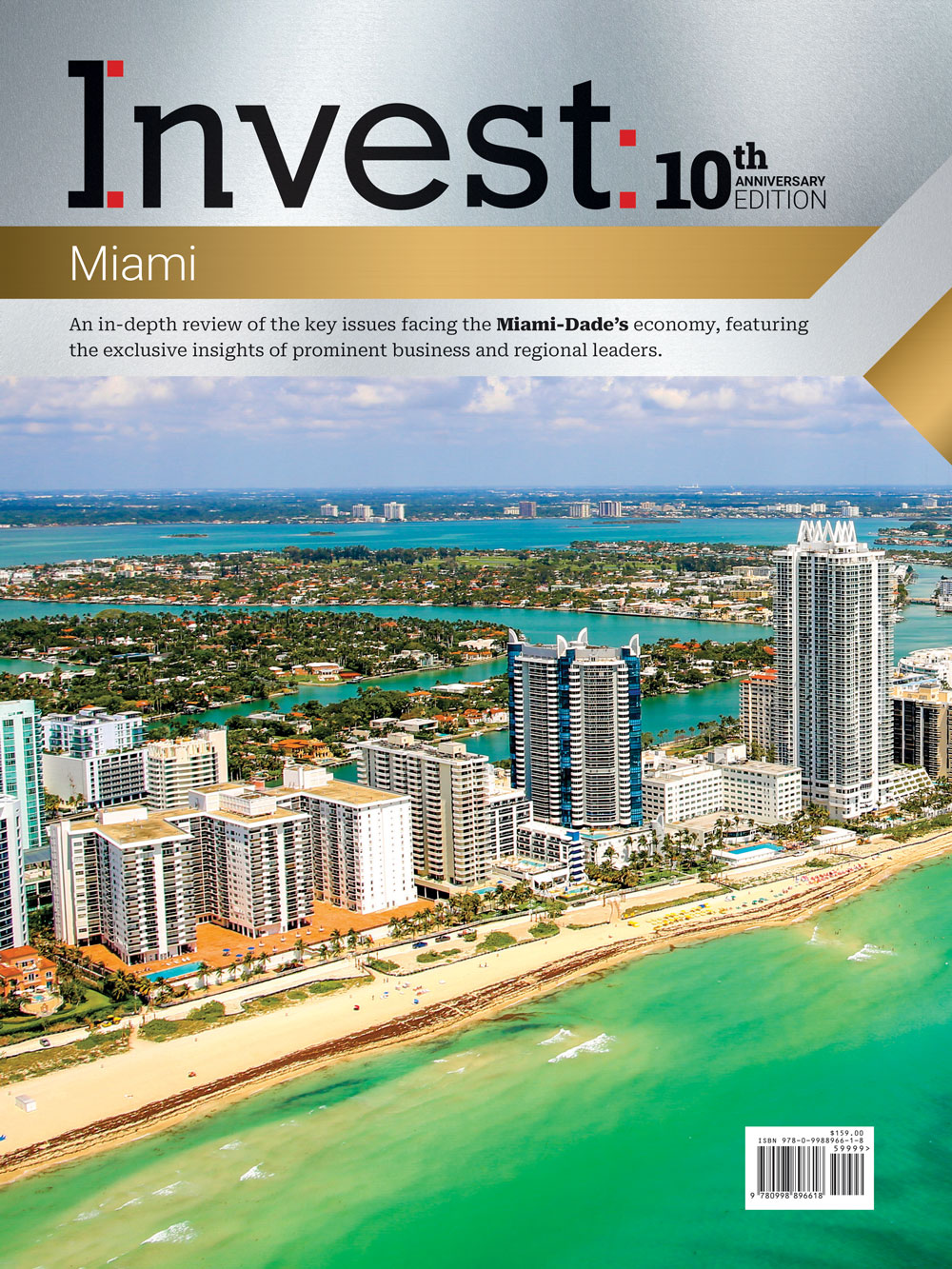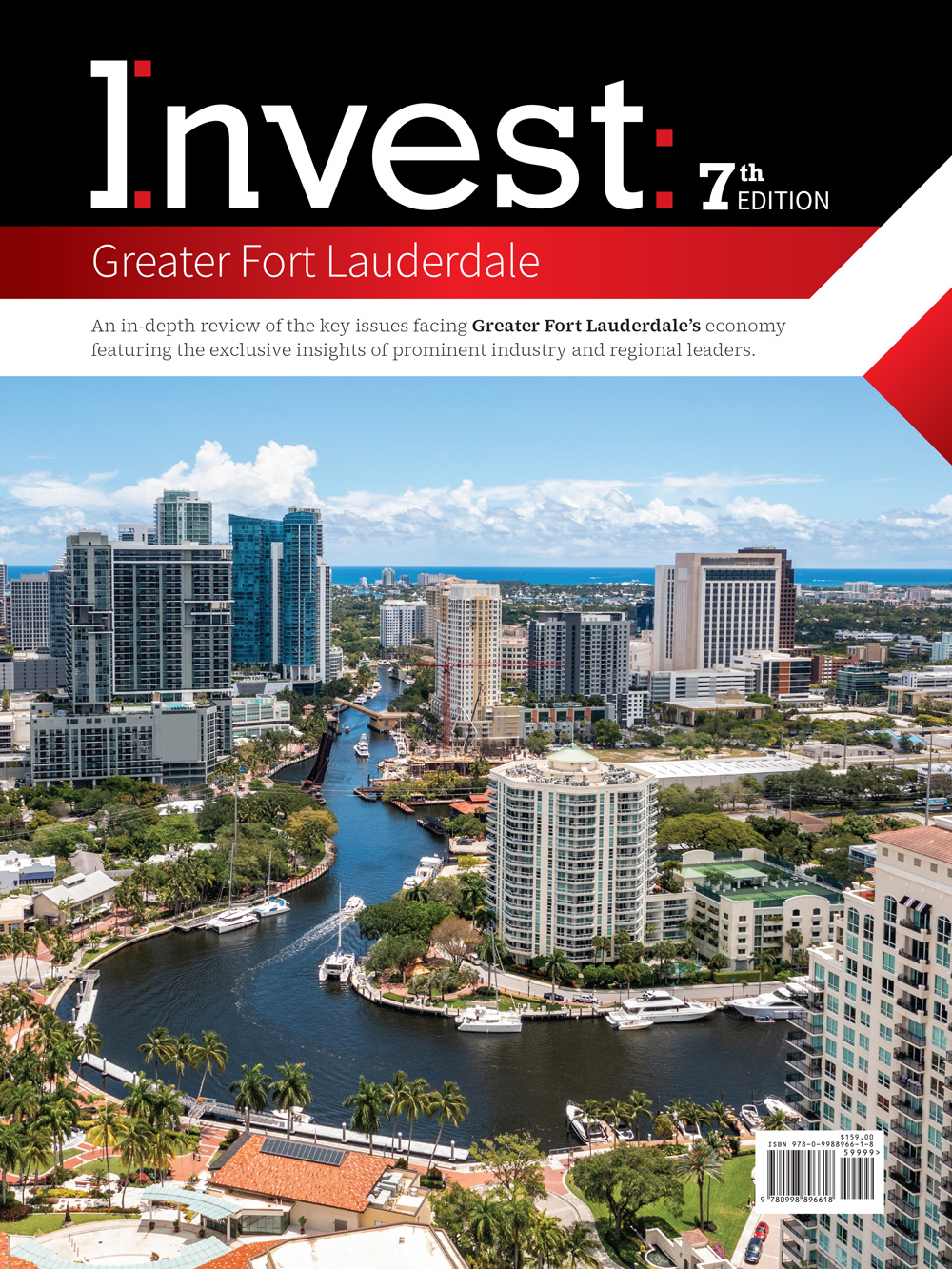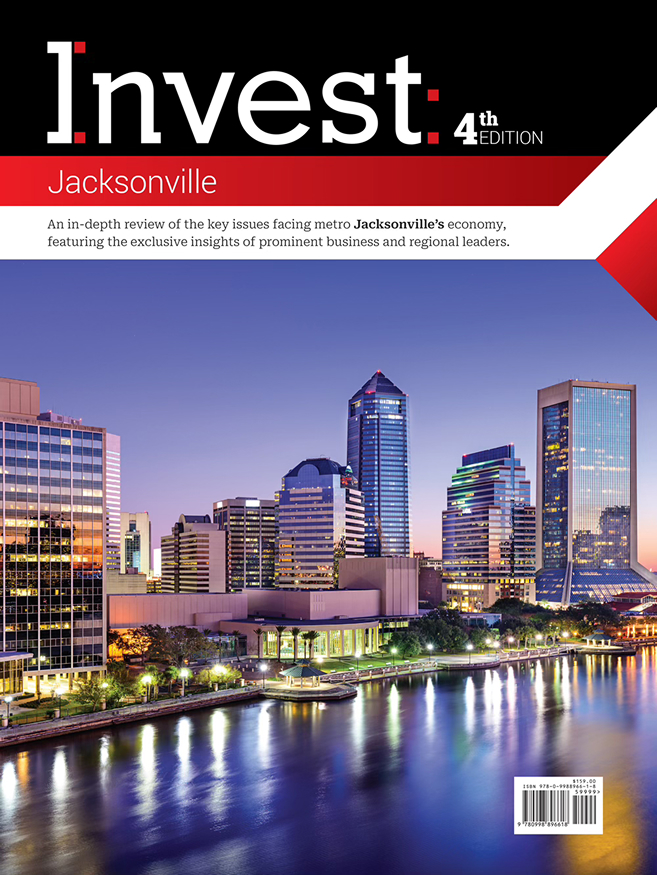Jared Krieger, Co-Managing Director & Principal, Boston Gensler
In an interview with Invest:, Jared Krieger, co-managing director and principal at Gensler Boston, highlighted the office’s recognition in Fast Company’s World’s Most Innovative Companies list and the launch of the Gensler Product Sustainability Standards. He discussed the ongoing trends in office-to-residential conversions, emphasizing algorithm-driven evaluations and federal funding support.
What have been the key milestones or achievements for Gensler Boston?
Our office has a large global reach, impacting the region and beyond. We were recognized in Fast Company’s World’s Most Innovative Companies list, making the global Top 10 as the only design firm. This recognition is partly due to an algorithm we created to expedite due diligence for converting vacant office buildings into residential use. Another milestone is the launch of the Gensler Product Sustainability Standards in January. This initiative, started three or four years ago, aims to set industry standards for sustainability and embedded carbon in products like flooring, ceilings, and insulation. We reached out to 300 of the world’s largest material manufacturers and received an overwhelmingly positive response. Boston, home to some of the most stringent building codes in the country, saw early adoption of these standards. Many companies here are using them in their projects.
What are the trends in office-to-residential conversions?
We have a database of 1,200 buildings across North America and over 100 in downtown Boston that are subject to evaluation with our algorithm. This has sparked interesting discussions with banks, policymakers, investors, developers and building owners. People are even raising investment funds for these projects. The main issue is an oversupply of class-B and C office buildings and a severe shortage of residential units. New supply of residential is slowing while demand keeps rising. We’re leading the conversation around conversion efforts, but progress is slower than expected due to access to investment capital, construction costs, and Boston’s older building stock. Mayor Michelle Wu’s pilot program has helped, but more movement is needed, especially regarding construction costs and financing. Other cities in North America are seeing more conversions due to policies, financing, and removal of the fear factor. After a few of these buildings successfully convert, others follow suit.
We’re the only design firm granted federal funding to tackle this challenge. We’re working with the U.S. Department of Housing and Urban Development to study what impact office conversions at scale could have on cities. The federal government will offer low-interest loans to facilitate conversions. We’ve learned a lot, and while we’re thrilled to be part of it, there’s still a long way to go.
What can you share about your current projects, especially the renovation of International Place?
International Place is a transformational project. Boston is a strong city. The talent and knowledge here ensure the city’s continued success. Class-A assets like International Place and One Post Office Square are performing well. Those enhancing their amenities are ahead of the competition. International Place is investing heavily in amenities, receiving positive feedback from tenants. Tenants prioritize buildings with better amenities. We’re working with many developers and have created a benchmarking database for high-performing buildings, comparing amenities that drive leasing velocity and value. Class-A assets need conference centers, better fitness amenities and lobby coffee bars to attract top tenants. We’re seeing a demand for these features to bring employees back to the office.
How is Gensler managing the hybrid office model in its own operations?
We’ve committed to being back in the office and will continue to offer flexibility for our team members. We’re dealing with the same growing pains as everyone else and are focusing on the same strategies that we advise for our clients, offering a variety of workspaces for social interaction, quiet work, and collaboration. We balance open seating, huddle rooms, focus rooms and advanced AV technology for seamless virtual meetings. Large family-style tables with monitors support team collaboration. Flexibility and plug-and-play technology are essential. Our studio design blends hospitality and office space, making it attractive and functional.
What technologies or innovations is Gensler incorporating to better serve your clients?
AI is influencing everything we do, especially in visualization. AI helps us quickly turn sketches and wireframe models into photorealistic images. We can model buildings and incorporate various metrics, such as parking and residential unit counts, in real-time with clients, with all data updating automatically. This connects to clients’ financial metrics, updating instantly as we adjust models – a process that used to take weeks. We’ve developed proprietary software called gBlox, now in its third or fourth generation, which includes rendering engines for on-the-fly photorealistic renderings. This lets us focus more on design and strategy. Though still evolving, we’re increasingly asked to bring this technology to client meetings.
What advice would you give to young individuals looking to enter the architecture sector?
Focus on relationships and emotional intelligence. While technology skills are important, human connections and understanding clients’ needs are irreplaceable. Building strong relationships is crucial for long-term project success. Students coming out of school are amazing with technology, often better than some seasoned professionals. However, maintaining human connections and building relationships are crucial. Projects often take years from inception to completion, and it’s the relationships developed along the way that create amazing results.
What key partnerships are in place to aid in Gensler’s success?
I have amazing coaches and mentors at Gensler who have greatly improved my skills. We also have a robust self-funded research program, awarding 50 to 75 research grants annually, many focusing on sustainability. This creates opportunities to partner with external innovators. For example, we connected with a start-up cement company that’s working to reduce the carbon footprint of concrete production and introduced them to a client who used the product in a project in the Seaport. Our commitment to research and partnerships helps us introduce such innovations to the market.
What is your outlook for the industry in Boston, and what are your top priorities for Gensler?
There are many reasons to be optimistic about Boston. While the commercial real estate market may be challenging, Boston remains a global hub for research, entrepreneurship and innovation, anchored by strong higher education institutions and hospitals. Addressing class-B and C office buildings and aligning policies with housing demand present opportunities. We’re busy improving spaces for workplace tenants and helping higher education clients optimize their real estate. Healthcare also remains in high demand. The office market is struggling but not disappearing. Hybrid work is here to stay, but so is the need for in-person collaboration. Mixed-use neighborhoods, preferred by both scientists and office workers, continue to thrive and offer great opportunities for us.













